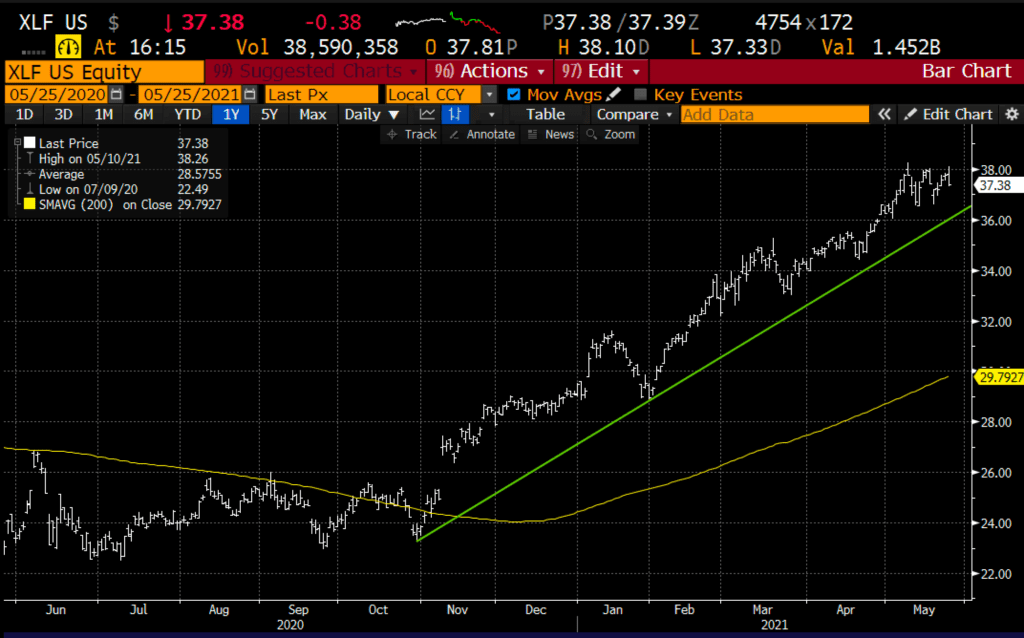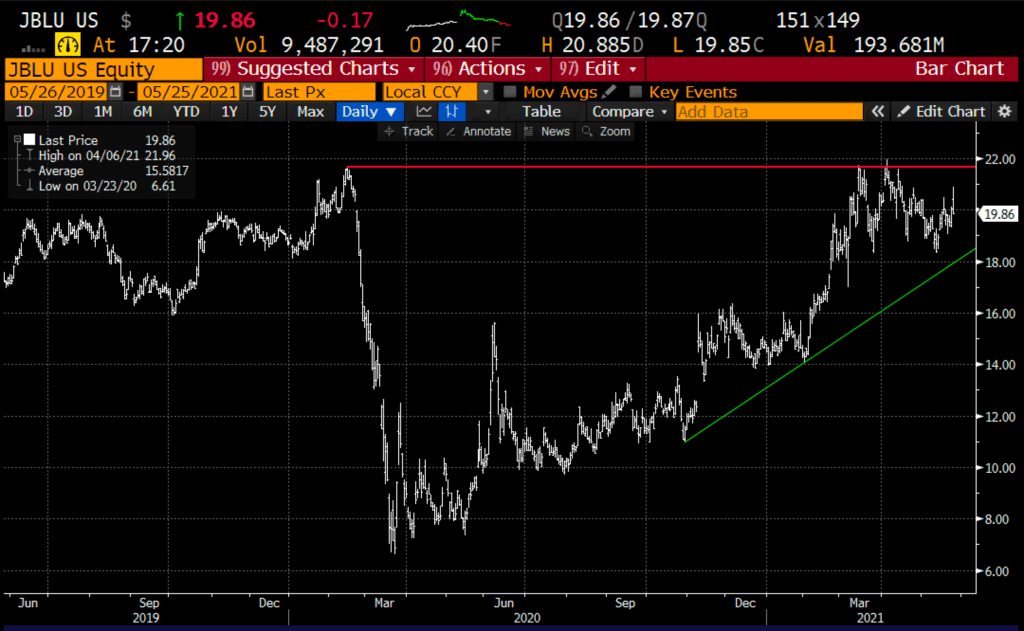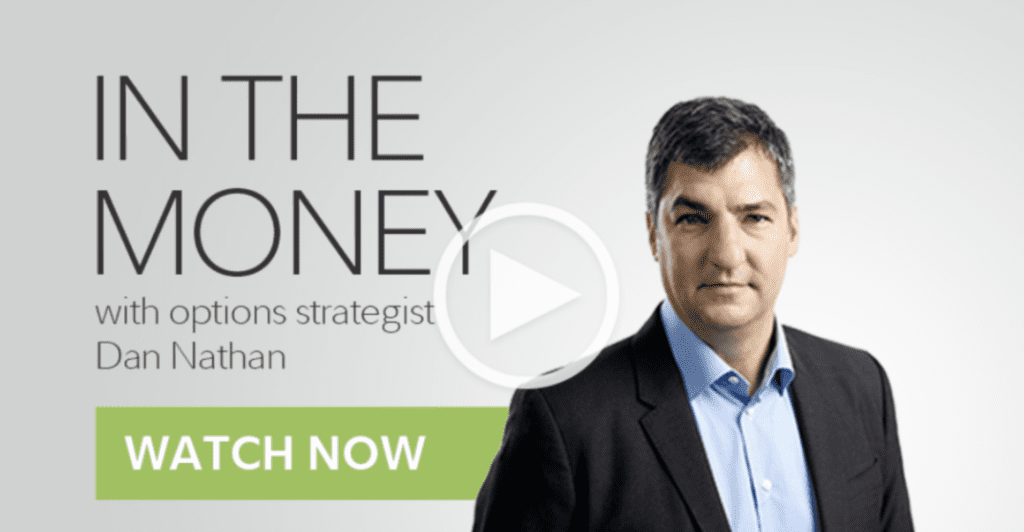In The Money is brought to you by
Shortly after the open today, I filmed my weekly In The Money segment with Fidelity Investments. Click below to watch and see my notes below the video:
Here are my notes from today’s show:
Macro: The raging debate among market participants of late, or at least since the vaccine rollout in the U.S. started paving the way to an end to the pandemic and a return to normalcy in the back half of 2021, has been whether or not the U.S. Federal Reserve has overstayed their welcome with unprecedented levels of Quantitative Easing (QE, or bond purchases) and Zero Interest rate Policy (ZIRP). The concern is that low rates for too long and too much liquidity will lead to asset bubbles, and runs the risk of recent price increases in the economy becoming structural and cause uncontrollable inflation. Yes, corporations are running ahead of legislation for $15 minimum wage, and disruptions in supply chains and other oddities related to the pandemic, like migration, has caused massive distortions in the housing market and in commodities, including oil. The U.S. Fed has called these pressures “transitory,” which helps justify their continued accommodative monetary stance despite the apparent strength in the economy.
But recent data is weakening from the April Jobs, to retail sales, to homes sales to consumer confidence, with the backdrop of expanded unemployment benefits rolling off this summer.
I suspect when we do return to normalcy that these dislocations will fall back in line, GDP growth will be back between 2% – 2.5%, the 10-year yield and inflation will be sub 2%, and we will look back at 2021 and refer to these concerns as the Tranisotry Tantrum.
The ten-year U.S. Treasury Yield is approaching key support:

Trade Idea #1: Those who believe that the Fed has lost control and interest rates will run ahead of their policy have been supportive of higher-priced bank stocks. If some of the recent weak data caused the Fed’s dovish stance to become more acceptable, then bank stocks could be vulnerable near term.
More than half of U.S bank stocks will report Q2 earnings in July expiration which could be the catalyst for a sell-off if results and guidance suggest a weaker 2nd half.

Bearish Trade Idea: XLF ($37.55) Buy July 37 – 33 put spread for 75 cents
-Buy to open 1 July 37 put for $1
-Sell to open 1 July 33 put at 20 cents
Break-even on July expiration:
Profits of up to 3.25 between 36.25 and 33 with a max gain below 33
Losses of up to 75 cents between 36.25 and 37 with max loss above 37
Rationale: this trade idea risks 2% of the etf price, has a break-even down ~3.5%, and a max gain of 9% if the etf is down 12% in a month and half.
Trade Idea #2: Americans are ready to rock. For most, the Pandemic is over. Most states have lifted most of their restrictions. While there are still plenty of restrictions about traveling abroad, domestic travel is going to be off the hook, and after more than a year of brutally low travel, U.S. airlines, specifically those with a domestic focus will clearly benefit and have pricing pressure as capacity remains constrained.
JBLU should be one of them. The stock is back near the levels it broke down from in early 2020.

Play for a breakout above recent highs:
Bearish Trade Idea: JBLU ($20.20) Buy Aug 20 – 25 call spread for $1.35
-Buy to open 1 Aug 20 call for 1.80
-Sell to open 1 Aug 25 call at 45 cents
Break-even on Aug expiration:
Profits of up to 3.65 between 21.35 and 25 with max gain above 25
Losses of up to 1.35 between 20 and 21.35 with max loss of 1.35 below 20
Rationale: this trade idea risks 5% of the stock price, has a break-even up about 6.5% and has a max gain of 18% if the stock is up ~25% in two and half months
Lookback: Last week I detailed a bearish trade idea in GLD
GLD ($176) Buy Sept 175 – 155 put spread for ~$5
Now with the ETF $178 the trade is down a little, but we have a lot of time and I still think we see a failed breakout… so I kind of like the idea more a little higher than last week.


